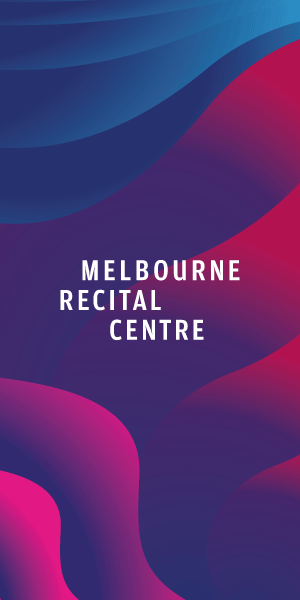The backstory behind the Bequest
SPLENDID, the exhibition of the Brookes Bequest, a carefully considered connoisseur’s collection of sterling silver of outstanding merit, is at The Johnson Collection (TJC) in East Melbourne until March 23, 2023.
The resplendent Bequest from Mr Clive Hele (Roger) Brookes is an impressive collection amassed over a period, initially started by Mr Brookes’ mother.
From 2004, Mr Brookes was a dedicated supporter of the TJC and regularly donated items and money.
He amassed his silver collection with the idea of bequeathing it to TJC.
The Brookes Bequest of English silver ranges from the late-16th century to the mid-19th century.
It includes in its vast array objects ranging from ecclesiastical wares, argyles (gravy warmers), pap boats and porringers, tankards, and trophies, to immense serving salvers and delicious strawberry dishes.
TJC Ambassador Andrew Dixon, a long-term supporter of and adviser to Mr Brookes, describes him as a “poster boy for philanthropy.”
He was happy to have his name mentioned by the organisations he helped; Trinity College, Kooyong Lawn Tennis Club and Epworth Hospital, to name just a few.
“He loved people making a fuss about him, and he loved people being deferential to him, taking him out to lunch and afternoon teas,” Mr Dixon said.
“He said he wanted to be remembered as a collector and a philanthropist.”
The Brookes family was one of Melbourne’s wealthiest families during the 1950s and 1960s, living at 20 Heyington Place, Toorak.
Mr Brookes’ father, Wilfred, was an astute investor in mining, paper manufacturing, and finance and was a director on many company boards.
His mother had inherited some of her family’s silver collection, while her son was given silverware as christening presents, and Wilfred was intrigued by the hallmarks.
The family had lived through the Depression and WWII, and amassing the collection was possibly a way of using their wealth rather than having to pay death duties when the time came.
Mr Dixon said he thought Wilfred came back from the war and decided to do what would make himself and his wife happy.
In 1962, he bought silverware without experience but had an eye for the perfect piece.
The technicality of making silverware appealed to Wilfred.
The ability to ascertain from the hallmarks who made it and where and when was particularly intriguing to him.
Mr Brookes, a retired accountant, inherited this meticulousness from his father in his approach to silver collecting.
Many pieces of silverware have amorials, the coat of arms of the family that commissioned the item, on the front.
Mr Brookes purchased a 1750 bread basket made for and decorated with Sir Robert Peel’s coat of arms.
He was thrilled to purchase the bread basket owned by the British Prime Minister responsible for creating the modern police force; the provenance of the item appealed to him.
Part of Mr Dixon’s work with Mr Brookes was to research the back story of the silverware that Mr Brookes was considering or had purchased.
The Brookes Bequest is a lasting legacy of genuine enthusiasm as a collector.
As well as the brilliant silver, the Brookes Bequest includes gorgeous ceramics, dignified furniture, glorious glass, excellent clocks and watches, paintings including miniatures, and objets d’art predominantly of English origin.
The Brookes Bequest will become a fundamental reference resource to increase the enthusiasm, knowledge, display, and interpretation of Elizabethan times through to the Georgian and Regency periods, illustrative of stylistic development, technical production, and cultural issues, primarily through the medium of silver.
Mr Dixon said, “It is important that people recognise that Roger was so generous.” •
Caption: Photographer Adam Luttick.

Bottega Tasca: Carlton’s go-to fine wine boutique








 Download the Latest Edition
Download the Latest Edition